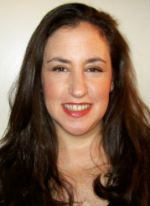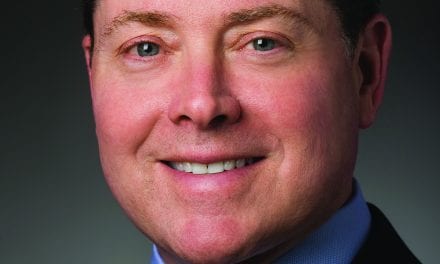With a practice nestled in the heart of San Francisco’s Bay Area—home to Apple, Google, and Facebook, to name just a few—Vic A. Narurkar, MD, FAAD, has to be on top of all of the innovations that affect his field. His patients want the latest, greatest, and coolest technology with the least bit of downtime and maximal results.
It’s a tough order to fill, but the board-certified dermatologist and fellowship-trained dermatologic surgeon does just that. PSP spoke with Narurkar about where the dynamic field of dermatology is today and where it is headed.
1) What is your signature procedure?
My signature procedure is what I call VN signature harmony face, which involves the use of injectables, energy-based devices, and skin care in combination to rejuvenate the face.
2) What does that entail?
This usually involves treatment of the upper face with Botox Cosmetic to lift the brow and soften the crow’s feet, Juvéderm Voluma to lift the cheek, Juvéderm Ultra Plus to reduce the marionette lines, and Restylane Silk to reduce the fine lines around the mouth. Lasers such as the Fraxel and Picoway are used in combination to resurface sun damage and treat benign pigmented lesions, and Thermage can restore a defined jawline.
Finally, a comprehensive skin care regimen consisting of antioxidants such as C E Ferulic, serums such as TNS Essential Serum, retinol, and a broad-spectrum sunscreen is used by the patient at home to maintain results of resurfacing, complement injectables, and prime the skin prior to resurfacing.
3) What new treatments are you most excited about?
Kybella for the treatment of submental fat, CoolSculpting and UltraShape for noninvasive fat reduction, Fraxel laser for skin resurfacing, Juvéderm Voluma for facial contouring, and Syneron Candela’s Picoway laser for pigmented lesions and tattoos.
4) Why are you so excited about advances in laser tattoo removal?
Picosecond lasers with dual-wavelength 532-nm and 1064-nm, such as the Picoway, require fewer treatments, are faster, and cause significantly less discomfort than previous lasers. Moreover, the 1064-nm laser is the safest in diverse skin types, and it also penetrates deeper for deeply placed inks.
5) What is trending in the Bay Area today?
“Less is more,” ie, facial and nonfacial rejuvenation aimed at preventing patients looking like they’re “done.”
6) What does the future of cosmetic dermatology hold?
It is infinite. I see expansion of options for facial and nonfacial rejuvenation, with a greater array of dermal fillers to customize areas of volume loss and better outcomes for the body—especially the neck, chest, and hands—with a wide array of lasers and injectables. Enhancement of cosmeceuticals with energy-based devices and delivery systems is also the future, with devices such as the Tria Beauty and home-based skin-rejuvenation options to maintain results obtained in the office.
7) What is your practice philosophy?
My practice philosophy is “The doctor is always in.” I personally perform all of the consultations, injectables, and laser treatments at my practice. Being at the epicenter of technology in San Francisco, I utilize the latest technology but maintain old-fashioned personalized care. All patients are seen by a board-certified, fellowship-trained dermatologist. I am also involved in cutting-edge clinical trials, with an amazing staff that includes a nurse practitioner who is my clinical trials coordinator.
8) Tell us about your charity work.
I was involved with the training of physicians in tattoo removal for Project New Start, which is a community-based program that offers pro bono tattoo removal to high-risk youth such as gang members who want to change their lives.
9) Tell us the best thing about Mavis, your wire-haired dachshund whom you seem to take everywhere.
Unconditional love. Of course, the cuteness factor and the soulful gaze make her the perfect ambassador at work and at home!
10) Where do you get your industry news?
I use a variety of sources: peer-reviewed journals, trade journals, core specialty-focused meetings, and discussion with my colleagues.
William Payton is a contributing writer for Plastic Surgery Practice magazine. He can be reached via [email protected].





